Yesterday, nations across the world agreed to protect a third of the planet for nature by 2030 in a landmark deal aimed at safeguarding biodiversity.
In what was described as a “peace pact with nature” by UN secretary-general António Guterres, global powers committed to protecting our ecosystems, using our biodiversity sustainably, sharing the resources we find in nature and investing in our planet.
The COP15 meeting in Montreal was seen as the last chance to put nature on a path to recovery – and the commitments made have been heralded as a hope for real progress to halt biodiversity loss. They call on governments, companies and communities to come together to finance and support better biodiversity in any way they can.
The food supply chain is a key part of this solution – and is already featuring front and centre in environmental policies across global economies. This includes the US, which has been busy working to improve not just biodiversity, but the overall sustainability of its food production.
On a recent trip to Louisiana with the US Sustainability Alliance, The Grocer found it was clear how many farmers now felt the importance of acting now to preserve the biodiversity of their land, to safeguard food production for generations to come.
Louisiana state conservationist for the US Department of Agriculture Chad Kacir described the volatile climate conditions of today as “our dust bowl” – referring to the dust storms of the 1930s that decimated US agriculture.
“Soil health, climate change, whatever anyone wants to call it, this is our opportunity,” he said. “This is this generation’s opportunity to do something for the landscape.”
The US government has established two key programmes to help farmers improve the sustainability credentials of their businesses: an Environmental Quality Incentive Programme and a Conservation and Stewardship Programme. Both are similar to the Environmental Land Management scheme and Countryside Stewardship programmes being rolled out in England.
The two schemes look to improve land use and incentivise and teach farmers about conservation practices, “whether that is soil health, no till, proper grazing, livestock on the grasses to support the grass health, tree health or sustainability in your forest”, said Kacir.
And they are “very popular” he added, with the state only able to fund about 25% of applications for funding from EQIP – something that is “typical in most states”.
Hardwick Planting Company is one farming business being held up as an example for others to follow. The business, which is certified by Regenagri – a certification programme that aims to secure the health of the land and the wealth of those who live on it – has made use of sustainable farming practices across its soybean, corn and cotton operations for decades.
Run by the Hardwick family, the farm makes use of the latest technology to gather data and uses precision agriculture to reduce input resources like nutrients and fertiliser. It also protects its soil from rainfall-caused erosion using cover crops and has managed to restore biodiversity into the area with the repopulation of black bears.
The Hardwicks aren’t the only ones doing good work. The Frey family’s Four Oaks Farm in Morganza, Louisiana has also taken strides to become more sustainable, by carrying out crop rotation and improving irrigation systems. For Marty Frey, one of the owners of the farm, making these changes was “a continuation of what we have always done”.
The work being done is heartening, particularly as it goes against the typical view Europeans have of US agriculture – that of giant feedlots and wasteful agricultural practices.
The farmers care enormously about the land they live on, and they want to protect and improve it for the next generation, while making it more efficient.
Despite these efforts, the impact of climate change is starting to be felt in the region. The Mississippi river is at its lowest level in a long time and six hurricanes have hit the state in the past two years.
What’s more, the politicisation of climate change in the US threatens to hold back further progress in the world’s third biggest food producer.
In a state that overwhelmingly voted in favour for Donald Trump in the 2016 and 2020 elections, Dr Mike Strain, commissioner of the Louisiana Department of Agriculture and Forestry, told me “the debate is out on whether man caused [climate change] or if it is a natural, cyclical thing”.
This was an idea repeated by other state officials, including Kacir.
He suggested – when asked about methane emissions produced by cattle – that: “Hundreds of years ago, before colonisation, we had millions of buffalo that roamed the American plains. There’s no way of telling how many buffalo there were. They have the same ruminate system as our livestock do, so are we having any net increase today versus that buffalo hundreds of years ago? Who knows?”
That’s right, a USDA official was questioning the very validity of agriculture-derived climate degradation.
And ultimately, the work being done by many farmers in the US is undeniably significant, but it is still a minority in a country famous for outright climate scepticism.
Climate change will likely be a key battleground in the upcoming 2024 election, and as climate-sceptic Republicans ramp up their campaigning, it looks like this type of mindset will continue to be a stumbling block against the US meeting its obligations.



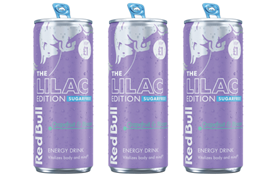



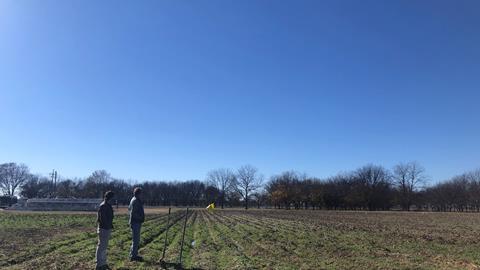
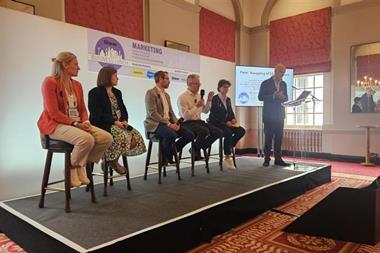
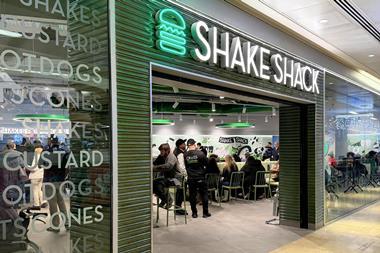
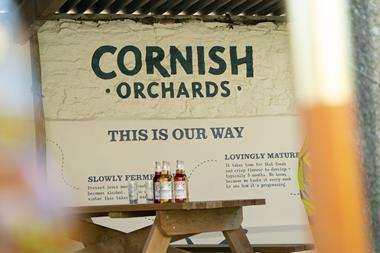
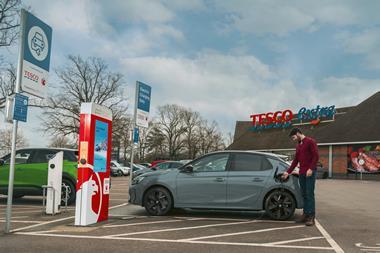

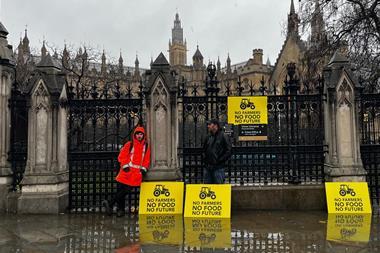




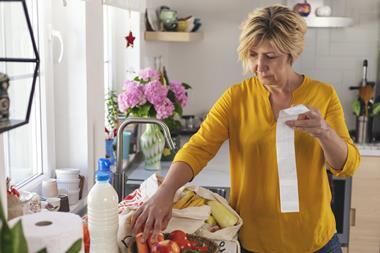

No comments yet